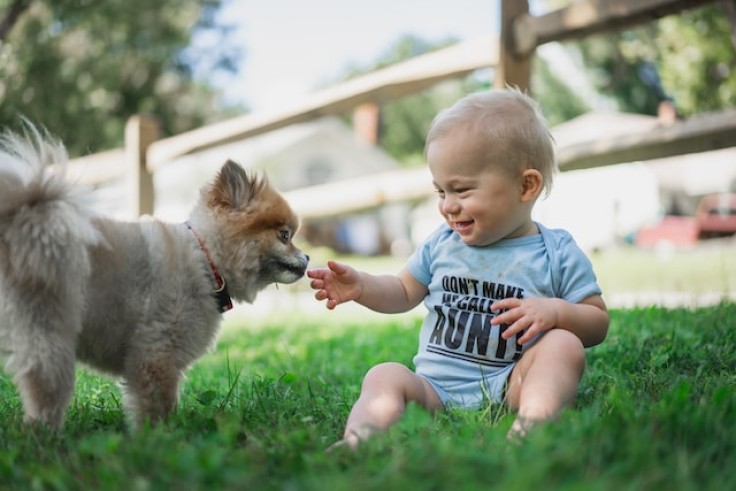
Pets and children often share a special bond, creating heartwarming memories and fostering lifelong friendships. But as parents and guardians, it's vital to ensure the safety of your kids, especially when they interact with animals.
While most pets are gentle, unforeseen circumstances can lead to potential dangers. Here are some preventative measures to protect your children from pet-related hazards.
1. Supervised Interaction
Always supervise any interaction between your pet and young children. It's essential to observe their behavior and step in if play becomes too rough or if either seems distressed. Even the gentlest pet can become aggressive or fearful when accidentally hurt or overwhelmed.
2. Teach Children How to Approach Pets
Educate your children about the correct ways to approach and touch pets. Some fundamental rules include:
- Never approach a pet when they're eating or sleeping.
- Avoid sudden movements or loud noises.
- Always approach pets slowly and calmly, letting them come to you.
- Teach children to pet animals gently, avoiding sensitive areas like the tail, ears, and eyes.
3. Socialize Your Pets
A well-socialized pet is less likely to be aggressive or fearful around people and other animals. Begin socialization when your pet is young, exposing them to various situations, sounds, and people. Positive reinforcement, like treats or praises, can be used to reward good behavior.
4. Create Safe Spaces
Both children and pets should have designated areas where they can retreat and feel secure. For pets, this could be a specific room or a quiet corner with their bed. For children, it might be their bedroom or a designated play area. Respecting these spaces reduces the chance of accidental confrontations or disturbances.
5. Be Aware of Pet Toys and Small Parts
Small toys or parts can pose a choking hazard for children. Ensure pet toys are large enough not to be swallowed, and store smaller items out of children's reach. Regularly inspect pet toys for wear and tear and replace those that might break into smaller pieces.
6. Address Behavioral Issues
If your pet displays signs of aggression or extreme fear, consider seeking advice from a veterinarian or pet behavioral specialist. They can provide strategies and techniques to modify unwanted behaviors.
7. Introduce Gradually
When introducing a new pet to your home, do it gradually. Let them get used to the new environment first. Once they are settled, introduce them to your child under controlled and supervised circumstances. This ensures both the child and the pet are comfortable with each other.
8. Health Precautions
Regularly schedule check-ups for your pets to ensure they are healthy and up-to-date on vaccinations. Diseases like rabies can pose serious threats to humans, especially children. Also, teach kids the importance of washing their hands after playing with pets to avoid potential health issues.
9. Recognize Signs of Stress
Animals communicate their feelings through body language. Educate yourself and your children on recognizing signs of stress in pets, such as growling, hissing, flattened ears, or a puffed-up tail. If a pet displays any of these signs, it's essential to give them space and time to calm down.
10. Develop and Enforce Household Rules
Establish clear rules about how pets should be treated in your home. This can include no tail-pulling, not bothering them while eating, or respecting their space. Consistency in enforcing these rules ensures that both children and pets know what's expected.
While the benefits of having pets are undeniable, safety should always be a top priority. Implementing these preventative measures will ensure a harmonious and safe environment for both your children and your beloved pets. Remember, understanding, respect, and education are key to preventing pet-related dangers.